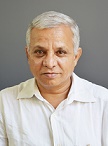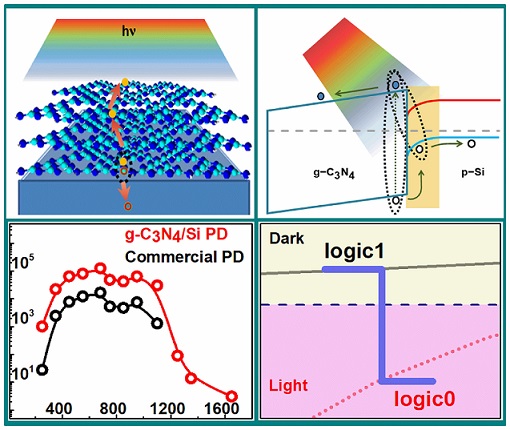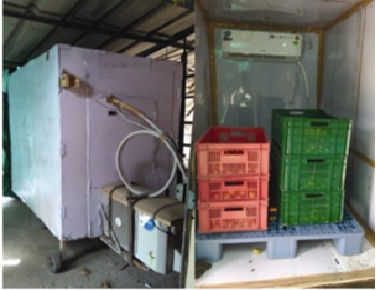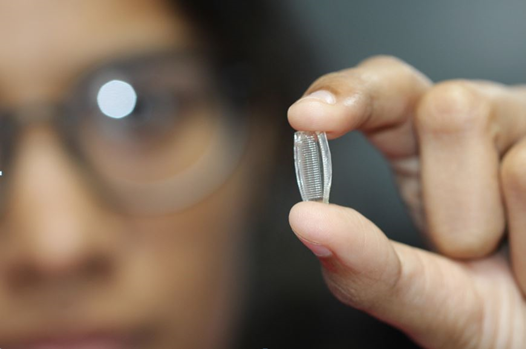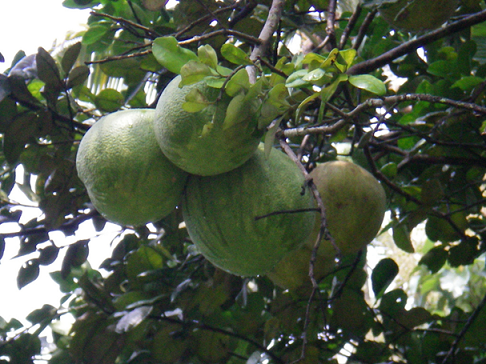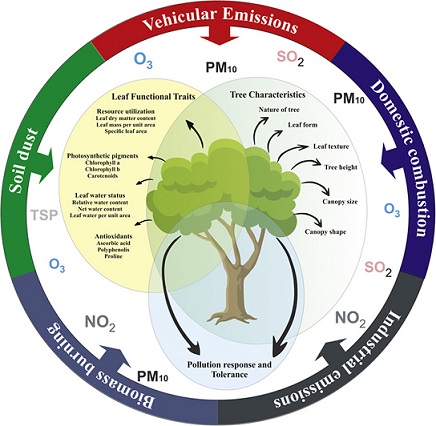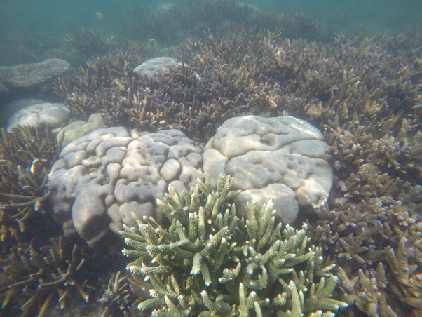
Indian museums house an enviable range of collections of art and cultural objects spanning the vast history of India. Such collections, however, are poorly documented making them vulnerable to possibilities of theft or illicit culture trafficking. The recent case of the Chola Bronze of dancing Shiva which was stolen and smuggled out of India, and then sold to the National Gallery of Australia is a case in point. The statue has since been returned after India established its provenance and requested the government of Australia. Application of new technological tools to document museum collections can help a great deal in establishing art authenticity.
Improper documentation is a major concern for safety and security of cultural objects. There is an urgent need to document all the collections in multifaceted forms including the use of appropriate scientific and technological tools, so that it helps in provenance establishment. A range of technological tools which harvest the entire electromagnetic spectrum, are available to document museum objects. This is necessary because forgeries have become a menace for museums.
In India, most museums rely on domain experts for authenticity of art objects. No one is infallible. Experts can go wrong. Therefore, relying exclusively on an expert’s knowledge (mostly restricted to the physicality of what human eyes can see) in art authenticity may not be the best practice.
Multidisciplinary studies involving collaboration between art and natural sciences are helping curators, archaeologists and scientists to establish cooperation between museums, archaeology, art history and conservation-restoration on one hand and physics, chemistry and biology on the other. Scientific developments are helping to both accurately date objects and analyse their material composition and in art authentication. The Rembrandt Research Project of the Netherlands is an example of such multidisciplinary approach.
Material analysis is increasingly becoming important with the ever improving analytical tools and techniques that have resulted in introduction of new instruments for micro analysis of objects without taking original sample material and in-situ applicability for artefacts. X-ray fluorescence analysis (XRF) is non-destructive and non- invasive. Miniaturisation is making x-ray tubes and detectors slimmer and lighter. These small devices can be transported to museums or archaeological sites or art galleries for analytical investigations of objects.

" New technology that has made its debut in art authenticity is ‘Space and Art Technology’, which is based on a technique that NASA uses for radiation detection on the International Space Station (ISS). "
Scientific analysis of data relating objects and their documentation can come handy if and when an investigation is necessitated. A museum curator is required to identify which properties of an artefact might yield clues to its origin and this can be done using non-destructive techniques. Many materials characterization techniques like X-ray radiography, optical microscopy, scanning electron microscopy (SEM), and energy dispersive X-ray fluorescence (ED-XRF) are highly useful in museum laboratory during such investigations.
The surface of an object often gives an indication of how it was made. An investigator can relate this information to when and where an artefact was made, since the technical processes available to various civilizations are well documented. The fabrication processes of an object provide tell-tale marks such as casting, forging, smelting or turning by lathe, which leaves concentric lines, as does a pottery wheel. If sheet metal was starting material, there may still be marks from the hammer used to beat it into shape. The surface details of objects not visible to the naked eye can be seen through optical microscope or SEM for proper attribution.
The Smithsonian Institution, which most museum professionals admire for its canonical stature, uses scientific tools in its analytical laboratories. For example, they are using the Nanoscale Scanning Electron Microscope (NanoSEM) for evaluating mineral composition of rocks and meteorites and also in determining authenticity of ancient Mesoamerican artefacts. NanoSEM has the ability to function over a range of pressures, allowing analysis of samples without the coating of electrically conductive materials like carbon, which would be impossible to remove from the specimen.
Another new technology that has made its debut in art authenticity is ‘Space and Art Technology’, which is based on a technique that NASA uses for radiation detection on the International Space Station (ISS). It combines a new imaging and measuring technology with the accuracy that only robots can offer. It gives unique and unprecedented flexibility in changing between viewing and measuring at the same time, thus bringing precision to working on basis of scientific standardised repeatable protocol for condition and authentication research of art objects.
Museums across the developed world are networking with scientists and harvesting technological tools in establishing art authenticity. Most museum professionals in India do not fully subscribe to the idea of using technological tools for establishing authenticity. They feel that experts alone can handle this task. While no one can advocate replacing human experts with technological tools, it is also true that technology can very well be used to supplement and aid experts. It is just like the role diagnostic tools in aiding doctors to accurately diagnose and prove effective in improving health. Diagnostic tools have certainly not replaced doctors. (India Science Wire)
The author is Director, Nehru Science Centre, Mumbai and Director, National Gallery of Modern Art, Mumbai.
